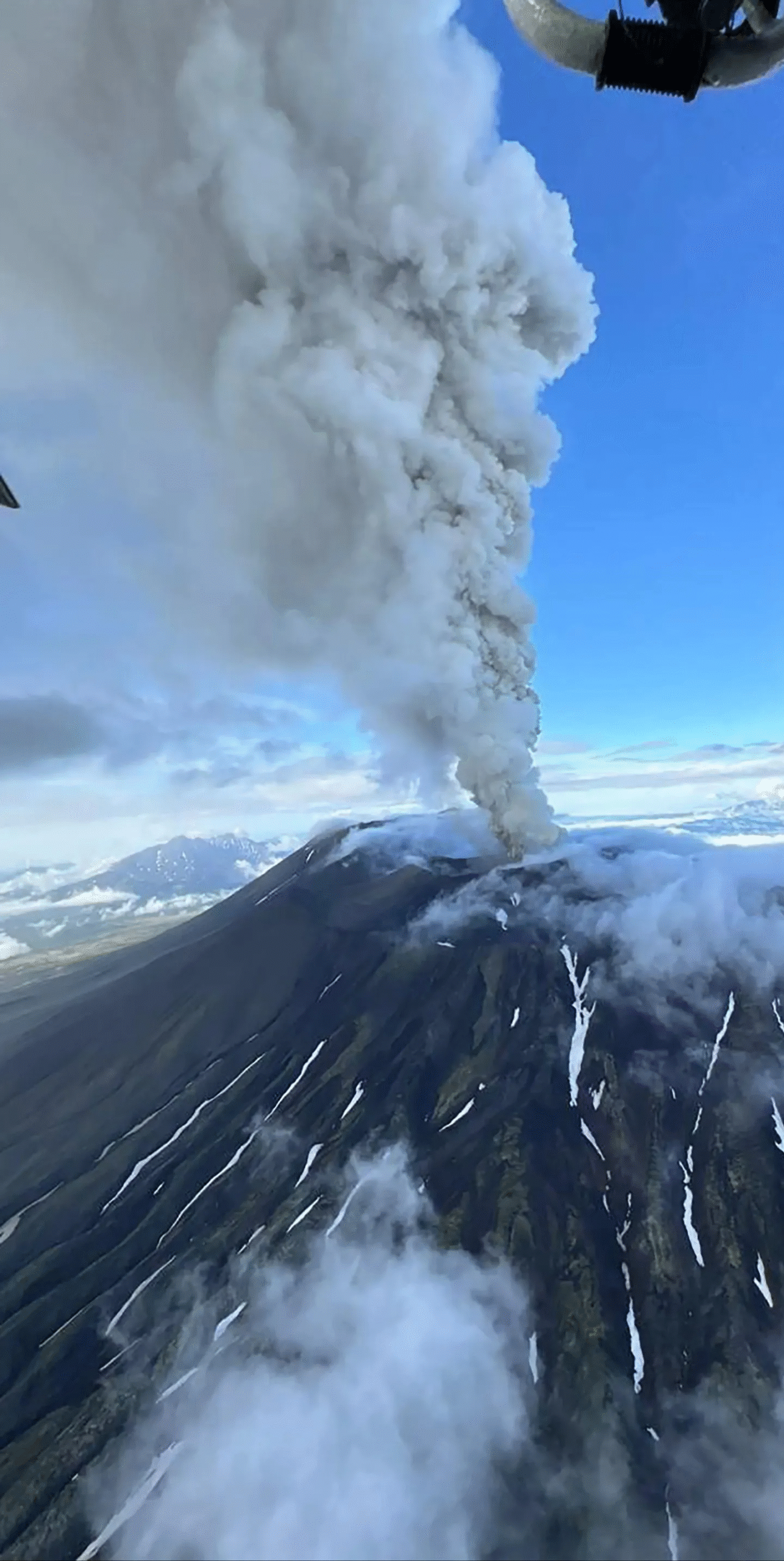
In early August 2025, Russia’s remote Kamchatka Peninsula stunned the scientific community when six volcanoes simultaneously awakened after a massive earthquake—an event described as a “parade of eruptions” and deemed highly unusual by volcanologists Live Science+14China Daily+14China Daily+14.
A Rare Geological Phenomenon
On August 3, 2025, the Krasheninnikov volcano erupted for the first time in approximately 600 years, casting ash several kilometers into the atmosphere. The eruption followed just days after a powerful magnitude 8.8 earthquake struck offshore, raising alarms that the quake may have “re‑awakened the region’s sleeping giants” The Times+10Phys.org+10The Washington Post+10.
According to Alexey Ozerov, director of the Institute of Volcanology and Seismology, such widespread simultaneous activity had not been observed in Kamchatka since a magnitude‑9 magnitude quake in 1737 China Daily+2China Daily+2. Yury Demyanchuk, a veteran volcanologist based in Klyuchi, echoed the sentiment, stating he had never seen such activity in his five decades of work People.com+10China Daily+10China Daily+10.
More Than Just One Volcano
In addition to Krasheninnikov, at least five other volcanoes erupted or displayed intensified activity: Klyuchevskaya Sopka, Bezymianny, Avachinsky, Karymsky, and Kambalny. Some have entered full eruptive phases; others show thermal anomalies and ash plumes multiple kilometers high — in some cases reaching over 5 miles in altitude Reddit+3The Sun+3China Daily+3.
Klyuchevskaya Sopka, Kamchatka’s tallest and most active volcano, had been restless before the quake but erupted dramatically shortly afterward with both strombolian bursts and lava flows The Washington Post+4Live Science+4The Times+4. Meanwhile, Krasheninnikov’s eruption produced eruptive columns rising to 5–6 km and ash drifting eastward over the Pacific The Washington Post.
Seismic Trigger Likely, Scientists Cautious
Experts propose that the massive earthquake destabilized magma chambers beneath multiple volcanoes, triggering the eruptions. As Ozerov remarked, the sequence resembled a rare geological domino effect along the Pacific Ring of Fire ProCapitas. While direct causation is not fully confirmed, the correlation appears compelling.
Impacts: Aviation, Visibility & Climate
FFortunately, the eruptions occurred in sparsely populated regions, with no casualties reported so far. Staff at Kronotsky Reserve were evacuated as a precautionPeople.com+1Gulf News+4Phys.org+4People.com+4 BBut ash plumes reaching stratospheric heights prompted aviation red alerts — especially significant given Kamchatka’s location beneath busy Pacific flight corridorsProCapitas
TTemperatures or climate could also be temporarily affected. If sulfur-rich aerosols reach high altitudes, they could reflect sunlight and induce slight global cooling—though it’s too early to gauge the full impactProCapitas+1
Rethinking Dormancy: What This Signals
KKrasheninnikov had long been classified as dormant—thought safely inactive due to the many centuries since its last eruption. Its sudden reactivation underscores the precariousness of dormancy classifications and the potential volatility beneath quiet volcanoes. The event will likely spur expanded monitoring of previously overlooked systems globallyProCapitas
Why Scientists Are Calling It Unusual
- *Simultaneous eruption of six volcanoes in one region is exceedingly rare—last seen in the early 18th centuryChina DailyChina Daily
- Sun‑silent volcano (Krasheninnikov) awakened after centuries of dormancy.
- The earthquake‑trigger connection illustrates complex geophysical feedback in the Ring of Fire.
- This challenges assumptions about volcanic risk and emphasizes the need for real‑time, multi‑volcano surveillance.
This unprecedented volcanic activity in Kamchatka is not only a striking natural spectacle—it’s a meaningful scientific alarm bell about how interconnected and unpredictable Earth’s internal processes can be.



